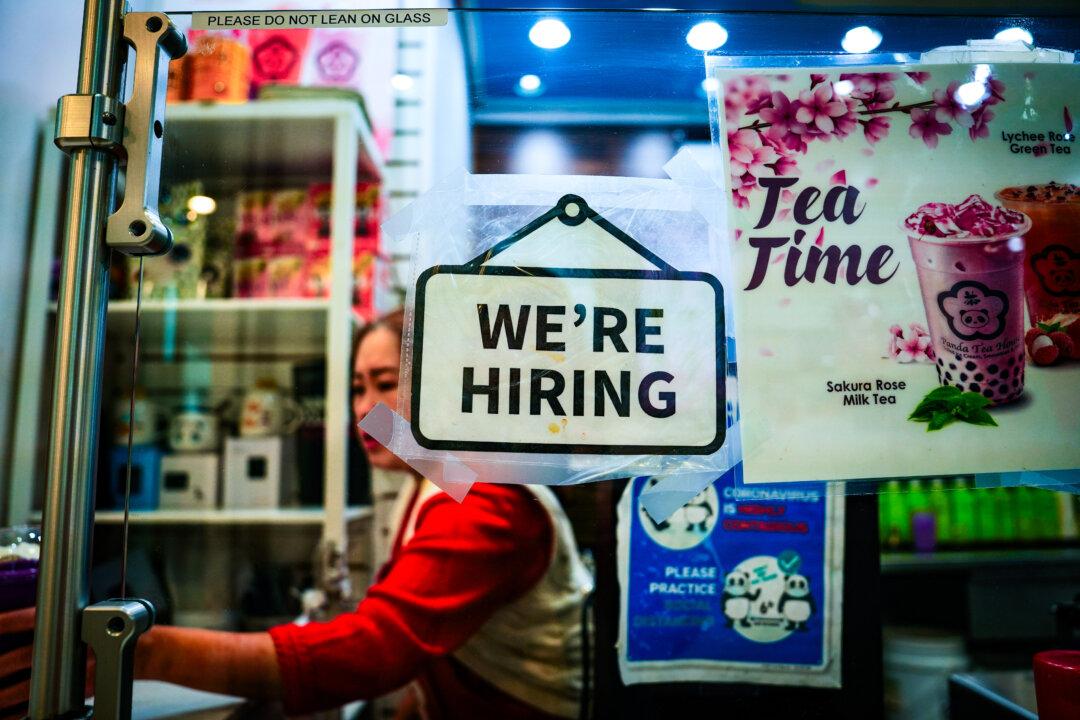Global energy prices and the supply chain crisis could intensify if Russia steps into Ukraine, experts say.
The U.S. administration insists that a Russian invasion of Ukraine is imminent. White House national security adviser Jake Sullivan stated that military action in the region might happen “any day now,” repeating this warning on several morning news shows.





